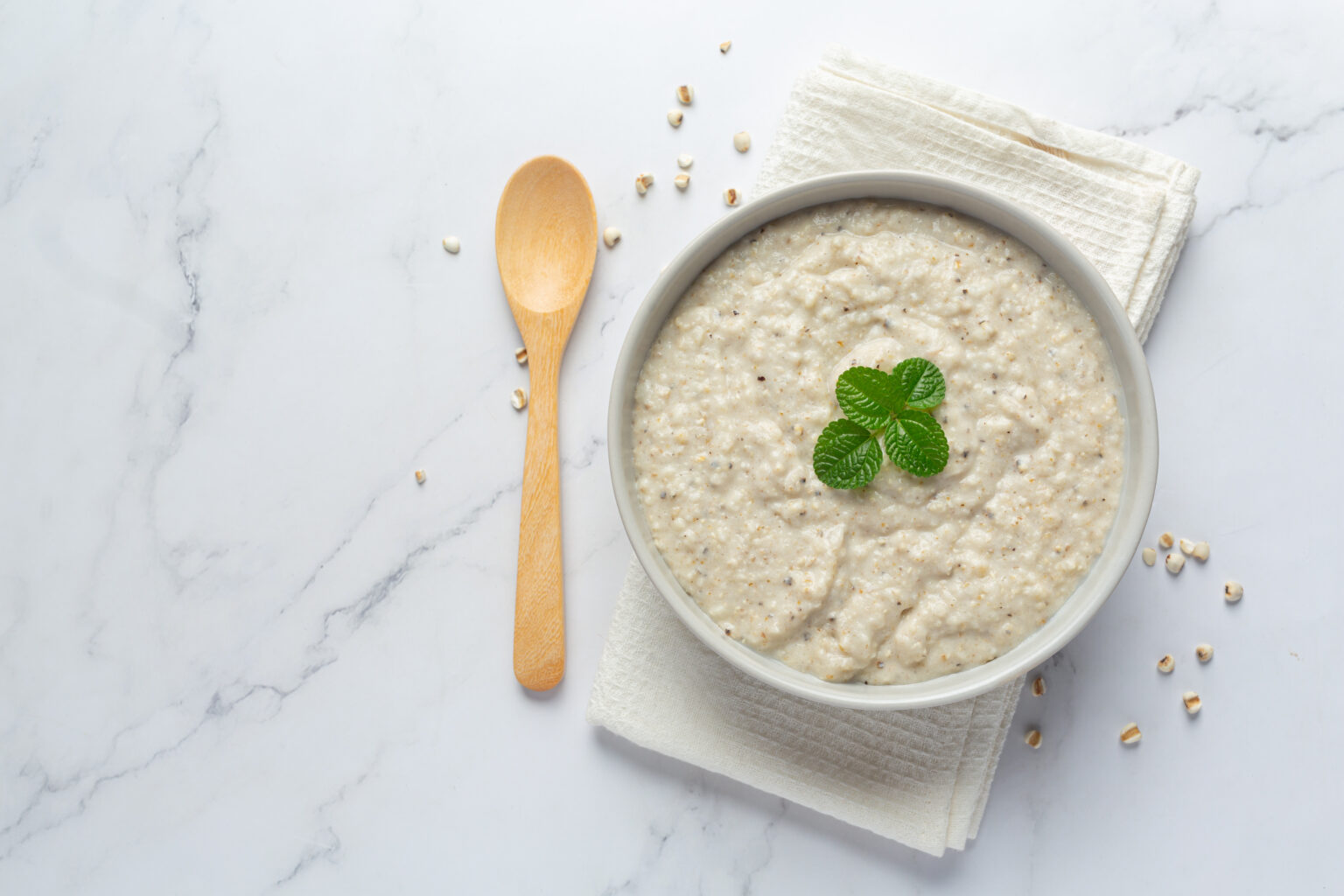Situated in West Africa, Gambia is a country known for its vibrant culture, welcoming people, and delicious cuisine. With a rich culinary heritage influenced by various ethnic groups, the Gambian cuisine offers an array of mouthwatering dishes that are cherished by locals and visitors alike. In this article, we present the top 10 most eaten foods in Gambia, providing a tantalizing glimpse into the country’s culinary traditions.
- Domoda: Domoda, a popular Gambian dish, is a hearty stew made with meat, typically beef or lamb, and flavored with peanut butter. This aromatic dish is cooked slowly, allowing the flavors to meld together, resulting in a thick, creamy sauce. Domoda is commonly served with rice and accompanied by vegetables such as cabbage or okra.
- Benachin: Benachin, also known as “one-pot” or “Jollof rice,” is a classic Gambian dish that has gained popularity across West Africa. It is a flavorful rice dish cooked with a variety of ingredients, including meat (chicken, beef, or fish), vegetables, spices, and tomato paste. The vibrant colors and aromatic flavors of Benachin make it a favorite among Gambians.
- Yassa: Yassa is a tangy and savory dish made with marinated chicken or fish. The meat is cooked with onions, garlic, mustard, and a generous amount of lemon or lime juice, giving it a unique and refreshing taste. Yassa is often served with rice and accompanied by a side of vegetables or salad.
- Mbahal: Mbahal, a traditional Gambian dish, showcases the country’s love for smoked fish. Fresh fish, typically bonga or catfish, is smoked and then cooked in a flavorful sauce made from groundnuts (peanuts) and spices. The result is a smoky and rich fish stew, often served with rice or couscous.
- Superkanja: Superkanja is a hearty and nutritious soup that is widely consumed in Gambia. It is made from a combination of leafy greens such as spinach, okra, and kani (a local green), cooked with meat (usually beef or fish), tomatoes, onions, and various spices. Superkanja is often enjoyed with rice or eaten with the traditional Gambian staple, foo foo (a dough-like dish made from cassava).
- Plasas: Plasas is a popular Gambian dish prepared with leafy vegetables like collard greens, pumpkin leaves, or bitter leaves, combined with groundnuts, palm oil, and various spices. The mixture is simmered to create a flavorful and slightly creamy sauce. Plasas is typically served with rice or foo foo.
- Tapalapa: Tapalapa, a staple food in Gambia, is a crusty and round bread with a soft interior. It is similar to French baguettes but with a distinctive Gambian touch. Tapalapa is enjoyed with various dishes, including stews, grilled meats, or simply spread with butter and served as a snack.
- Julbrew: Julbrew, the beloved Gambian beer, is a refreshing and popular beverage enjoyed throughout the country. Produced locally, Julbrew offers a range of beer styles, including lagers and ales. It is often consumed during social gatherings, celebrations, and sporting events.
- Chere: Chere is a traditional Gambian porridge made from millet or sorghum flour. It is cooked with water and occasionally sweetened with sugar or flavored with spices such as nutmeg or cinnamon. Chere is a nutritious breakfast option and provides a comforting start to the day.
- Wonjo Juice: Wonjo juice, derived from the hibiscus flower, is a vibrant and tangy beverage commonly consumed in Gambia. It is prepared by steeping dried hibiscus petals in water, sweetening it with sugar, and sometimes adding a hint of ginger for an extra kick. Wonjo juice is served chilled and offers a refreshing and thirst-quenching experience.
Gambia’s cuisine is a reflection of the country’s cultural diversity and rich culinary traditions. From hearty stews like Domoda and Benachin to refreshing beverages like Wonjo juice, the top 10 most eaten foods in Gambia provide a tantalizing glimpse into the vibrant flavors and aromas that define Gambian cuisine. Whether you’re a traveler exploring the country or an adventurous food enthusiast, these delightful dishes are sure to leave a lasting impression on your taste buds








